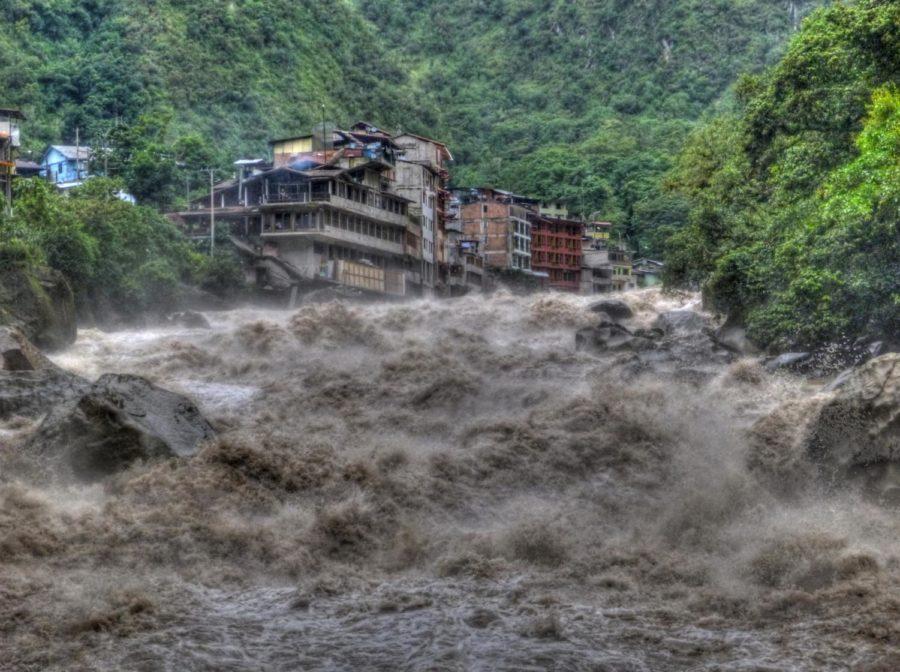Student seeks local help in face of Peruvian disaster
Heavy rains are causing landslides in Peru.
March 22, 2017
Following Peru’s worst drought in decades, parts of the country are now being slammed by torrential rains, leading to record-breaking floods and fatal mudslides.
Heavy rains began at the beginning of 2017, consistent with Peru’s rainy season, but have been particularly intense. Peruvian officials blame this on the warming of the surface waters, but there has been discussion over whether this is due to an oddly-timed El Nino or climate change.
The length of Peru means that it is primarily the central and northern parts of the country that face the onslaught of rain. Because of the topography, the large amounts of rain falling on the mountains then run down the mountains, collecting debris and creating landslides.
The flooding and landslides have already displaced more than 600,000 people, caused more than 70,000 to lose their homes and injured nearly 300. More than 70 people have been killed, and about 20 are missing.
The natural disaster has caused several cities to declare states of emergency and evacuate residents, but officials warn the rains might continue for another two weeks.
Sophomore Jimena Ojeda-Ramirez was born and raised in Lima, Peru’s capital, before coming to Iowa State to study environmental science. Seeing her country be torn apart by this disaster prompted her to start a GoFundMe because she can’t be down there to help right now.
“If I [were] there, back home, I know I would be trying to rebuild stuff or getting donations together or doing something else,” she said. “It kind of feels bad being here, not being able to help.”
Although her family in Peru has not been affected, she still knows people who have. One of her friends, who co-started the GoFundMe, attends Brigham Young University in Idaho but has family in Peru being affected by the rains, flooding and mudslides.
Ojeda-Ramirez plans to go back to Peru during the summer and help a friend who is putting together a team of medics. On this team, Ojeda-Ramirez would act as a translator.
She also fears the disease the disaster will bring to her home, but she is glad to see other South American countries already jumping in to help Peru.
“They are either sending money or people, rescuers, donations, whatever they can,” Ojeda-Ramirez said. “It’s the first time we’ve seen all the countries helping.”
In a broadcast to the nation on Friday, Peru’s president Pablo Kuczynski said the country was facing “a serious climatic problem” and that 1998 was the last time Peru saw floods of this strength.
“We know it is a difficult situation, but we are controlling it, and we are hopeful that it will soon pass,” Kuczynski said Monday.
Some Peruvian authorities are calling for the suspension of Lima hosting the Pan American Games in 2019, saying funding for the games should be diverted to rebuilding affected zones.
Kuczynski has rejected the proposal, saying the country will have funding for both the rebuilding of devastation zones and the games.
“It would really be a tragedy if we cannot meet [the responsibility],” Kuczynski said in a press conference.
Ojeda-Ramirez agrees with Kuczynski, saying that while the games will require a large investment, they will also bring in a lot of income and benefit the Peruvian people.







